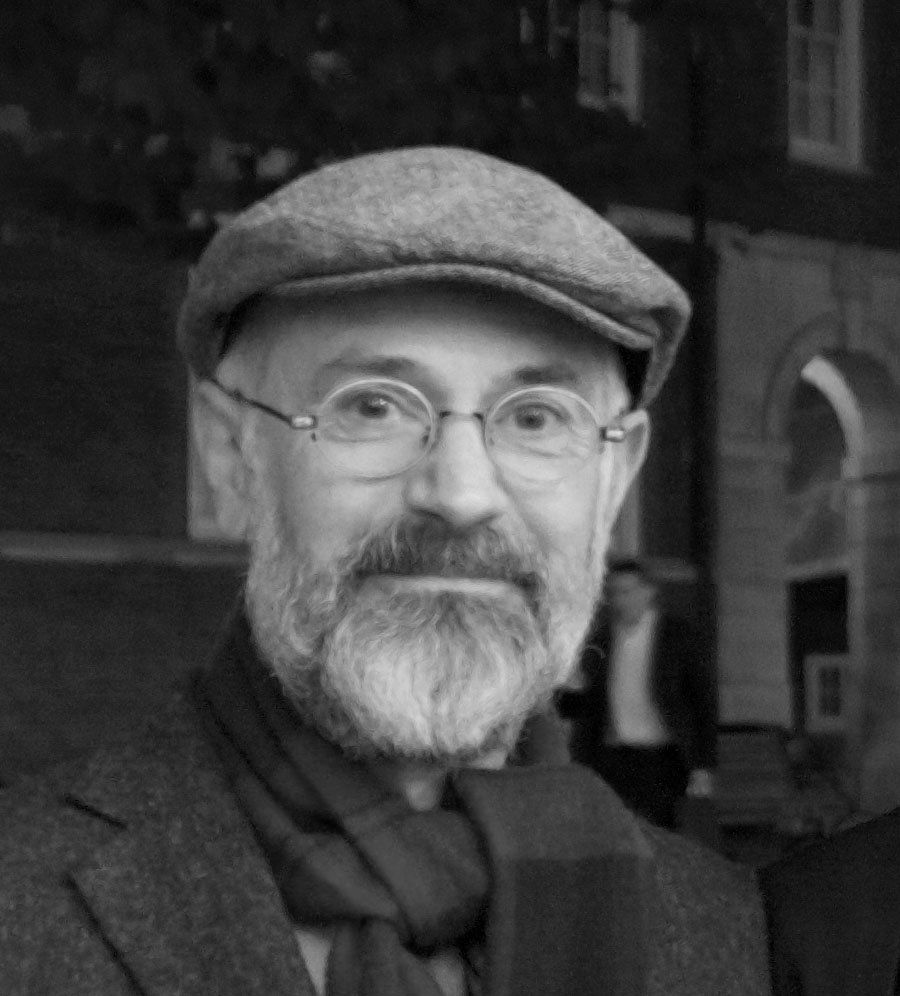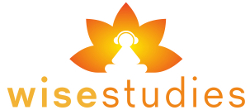Description
This series of talks provides an introduction to Zen Buddhism, with a particular emphasis on the Soto tradition. Zen ideas and practices are firmly located within the historical development of Buddhism in India, China and Japan. The talks also describe some of the ways in which Buddhist ideas and practices were revised and revitalised by interaction with Daoist teachers and practitioners.
Also included is a timeline with dates of important figures referred to in the talks as well as a condensed version of the Fukanzazengi, Eihei Dogen’s important essay about Zen meditation.
- Session 1 – Introducing Shakyamuni, the historical Buddha, and the legends that surround his life. Exploring the many meanings of the term, ‘dharma.’ Three key insights of the Buddha explained: aniccā – impermanence; anattā – the absence of an independent self; and, pratītyasamutpāda – ‘dependent origination.’
- Session 2 – Explaining how a deep awareness of impermanence, the absence of an independent self, dependent-origination and causality, inform the Buddha’s understanding of human suffering and how to deal with it. Introducing the two main lines of development of Buddhist thought and practice – Theravada and Mahayana. Discussion of the concepts of karma (causality), dukkha (suffering), karuna (compassion), metta (true friendliness) and ahimsa (non-violence).
- Session 3 – How the concepts of karma, dukkha, metta, karuna and ahimsa, inform the ethical and social teachings of the Buddha – beginning with a description and discussion of the ‘Eightfold Path.’
- Session 4 – Introducing two more concepts, śūnyatā (emptiness) and tathatā (suchness) – explaining their importance in understanding Buddhism and Zen in particular. Exploring how Zen teachers and poets have used these terms.
- Session 5 – Given the importance of Daoist thinking in the development of Zen Buddhism, this talk provides an outline of the main features of the Daoist worldview, highlighting those that have a particular connection to Zen.
- Session 6 – Returning to the historical development of Buddhism and describing how Buddhist ideas migrated from India to China and converged with those of Daoism. Describing the ideas of the legendary figure, Bodhidharma, who is credited as the person who brought Buddhism to China. Briefly defining the Zen concept of ‘satori,’ or awakening; discussing Zen Buddhist views of the mind; and, introducing the ideas of Huineng, the influential Chinese Zen teacher known as the sixth Zen patriarch.
- Session 7 – Exploring the contributions made by three other significant figures to the development of Soto Zen: Hongzhi, Eihei Dogen and Keizan Jokin. Describing how Dogen went to China in search of a teacher, eventually finding Rujing, whose presence and teaching made a great impression on Dogen. Exploring Dogen’s distinctive and influential approach to Buddhist practice, particularly zazen (sitting meditation).
- Session 8 – Exploring some of the connections between Zen practice and the art of poetry – an art which is particularly suited to the expression and embodiment of Zen insights and understanding. Introducing poems that exemplify how Zen practices and ideas have influenced, or are manifested, in the work of both Chinese, Japanese and a few English-language poets.
- Session 9 – This talk provides some practical guidance on how to practice zazen, based on my own experience. My advice is rooted in readings of, and reflections on, Dogen’s short essay on zazen, the Fukanzazengi.
- Session 10 – The final talk presents a series of snapshots of Zen teachers, and their writings and ideas, moving from the years immediately following Keizan’s death in 1325, to Sekkei Harada, the current abbot of Hosshinji monastery in Japan. A selection of texts are included, providing a variety of perspectives on the practice of zazen, and on the Zen view of the self and of mind. Interposed between these snapshots are various thoughts on my own experience of zazen –the meditation practice that lies at the heart of Soto Zen.
Bio

John Danvers has over fifty-five years’ experience of Zen meditation. He has no affiliation to any particular school or tradition. Whilst he has learned a great deal from historical teachers and from people he has met over the years, both Buddhist and non-Buddhist, experience has been his main teacher – especially the experience of zazen – Zen sitting meditation, which he began in 1965.
For seven years he practiced zazen alone, sitting for long hours and studying what texts he could find. In the early 1970s he undertook retreats at Throssel Hole Priory in Northumberland (a Soto Zen centre), and around 1975 he had some direct teaching from a Japanese Soto Zen monk who was travelling in the UK. Since then, he has guided retreats, workshops and seminars, and has undertaken other retreats, including with Thich Nhat Hanh in 2012.
In 2012 he retired as Associate Professor in Philosophy and Art Practice at Plymouth University, UK. Since then, he has been the Buddhist chaplain, and honorary associate professor, at Exeter University. In 2016 he established the Exeter Meditation Circle – one of the few secular Buddhist / secular Zen groups in the UK.
Books:
- Picturing Mind: Paradox, Indeterminacy and Consciousness in Art & Poetry. Rodopi: Amsterdam/New York.
- Agents of uncertainty: mysticism, scepticism, Buddhism, art and poetry. Rodopi: Amsterdam/New York
- Interwoven Nature: relatedness and identity in a changeful world. Whitewick Press: UK.
- To see the light: 100 poems. Whitewick Press: UK.
Artist Website: http://johndanversart.co.uk/
Exeter Meditation Circle Website: http://www.meditationcircle.org.uk/


